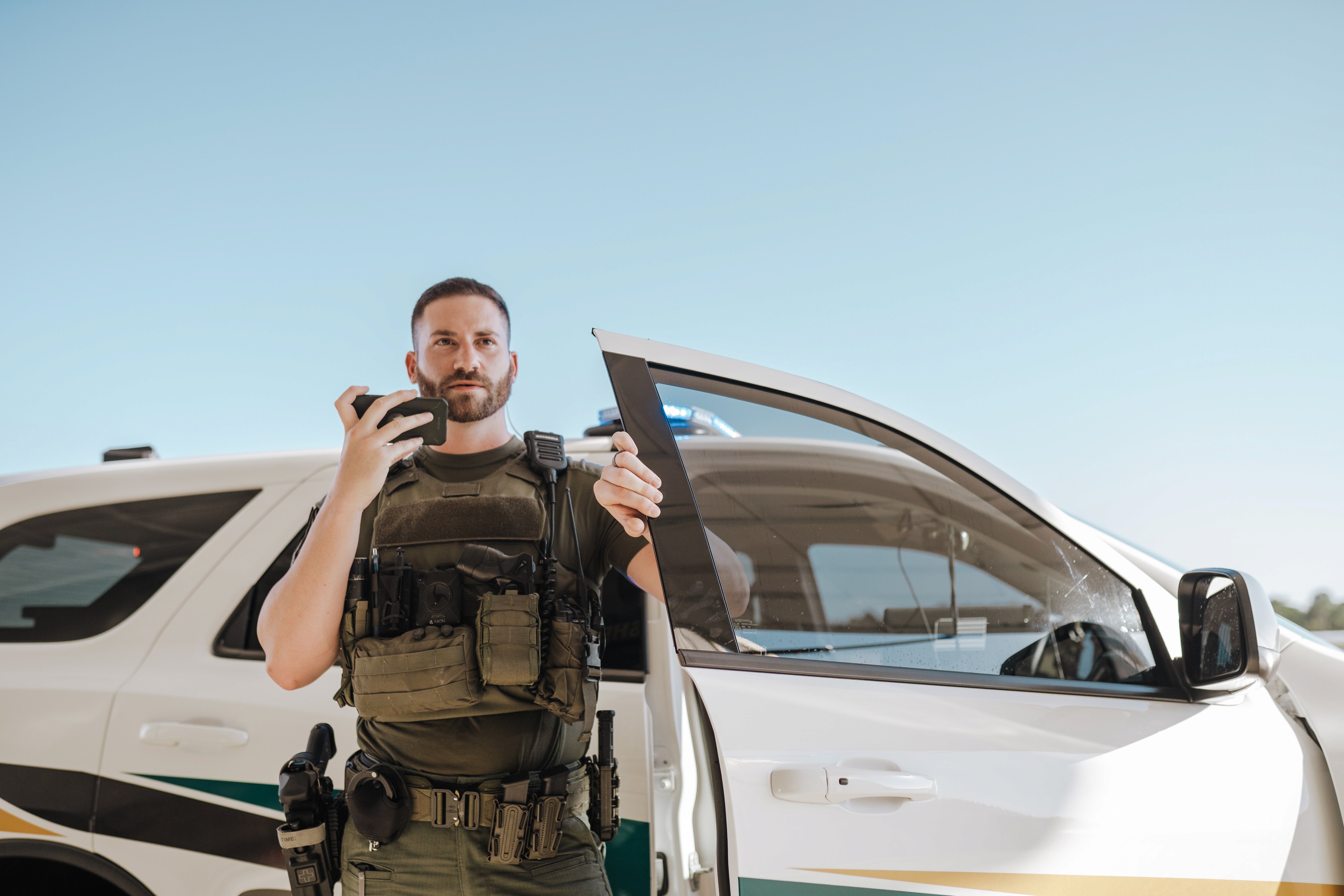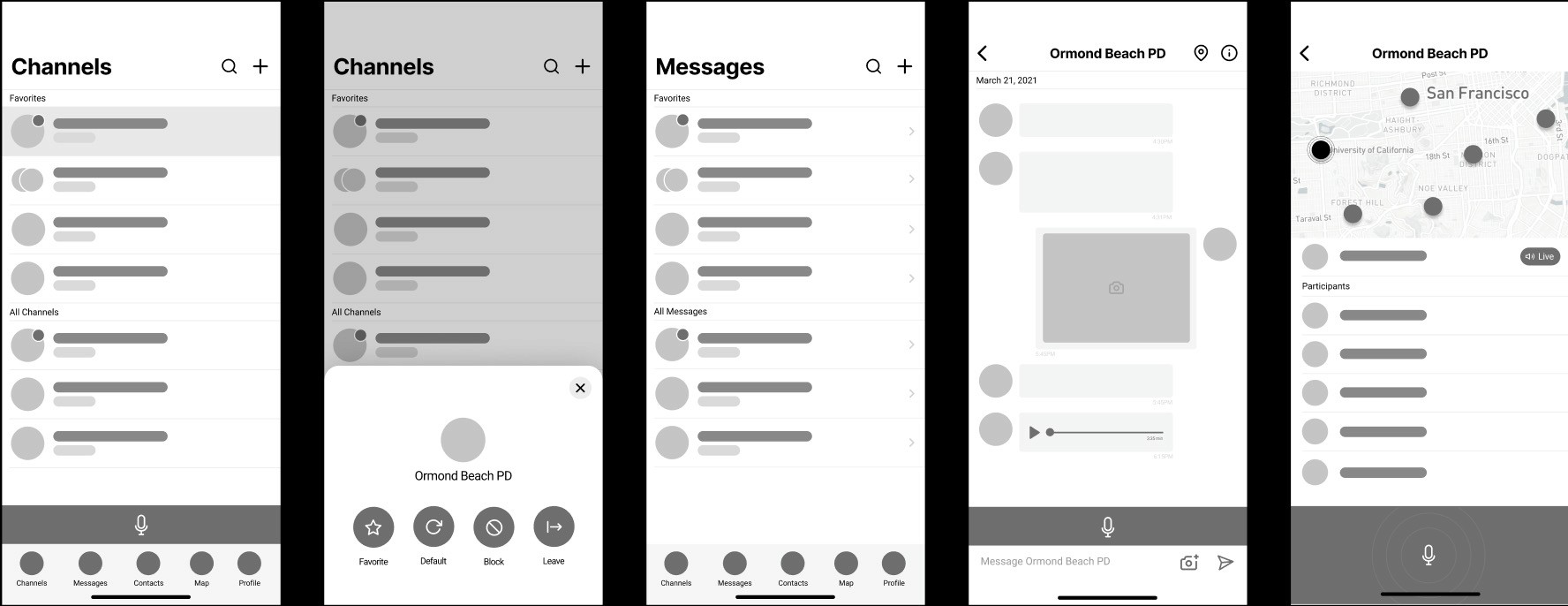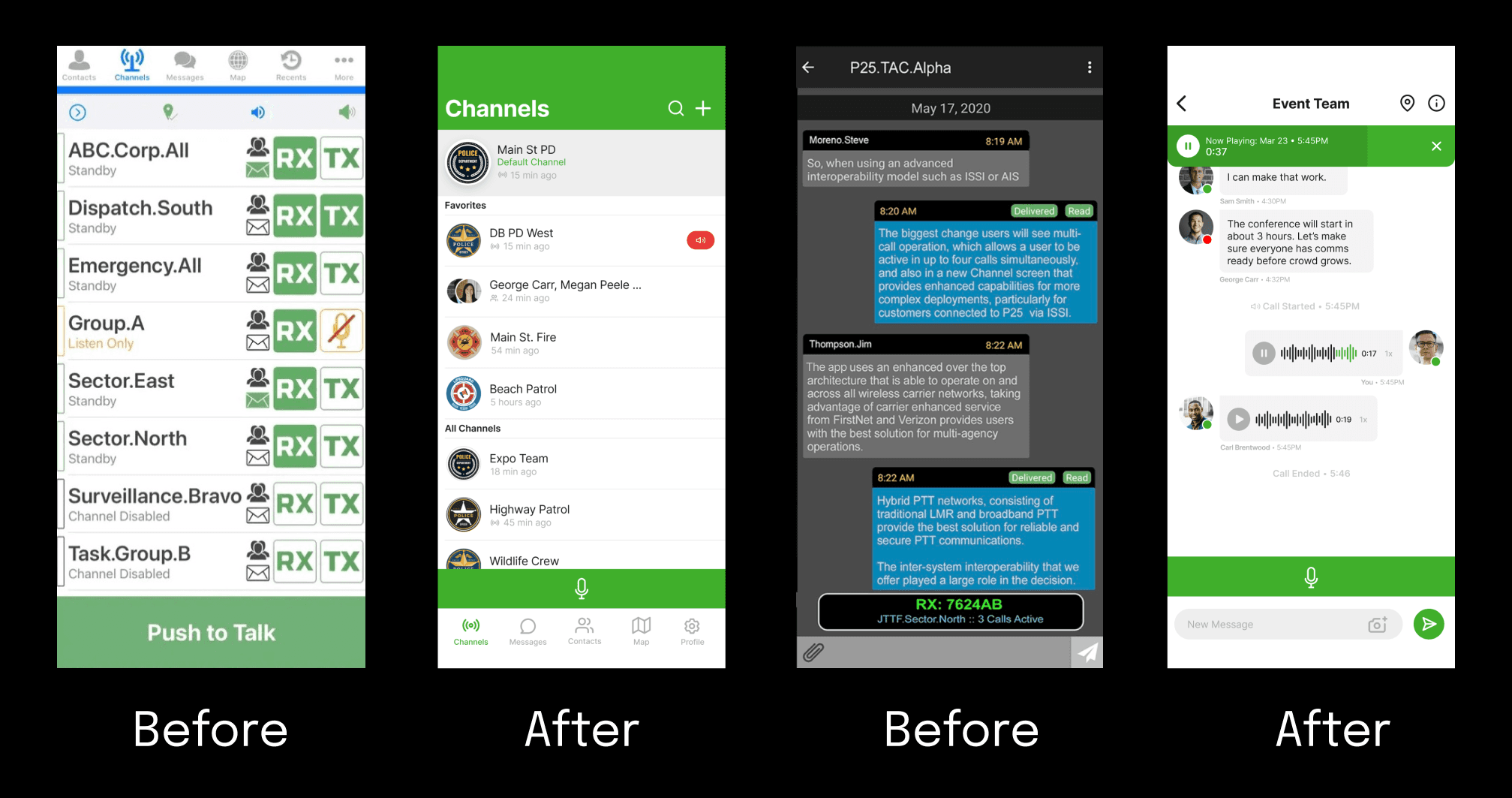Jul 25, 2023
Project Overview
Tango Tango boasted a vast user base spanning across the nation, with thousands of individuals making use of their B2B SAAS and hardware offerings. Recognizing the limitations of their outdated platform, an exciting opportunity arose to develop a cutting-edge, in-house product. This new solution aimed not only to streamline operating expenses but also to provide users with a remarkably user-friendly and enhanced experience.
Responsibilities: Wireframing and High-Fidelity Designs
Customer Background
Since Tango Tango had so many users, building a 2.0 version of the product provided us with various use cases and an understanding of the industry they serve. First responders, including fire, EMT, police, and other emergency personnel, represent a crucial segment within the age demographics of 25 to 65 years. In their respective roles, the decision-makers often consist of chiefs or senior-level staff, who hold significant influence over the adoption of new technologies. When it comes to embracing innovative solutions, these agencies are open to exploring technology that aligns with their specific needs and requirements, as long as it comes at the right cost and, most importantly, addresses critical problems or enhances safety measures.

Pain Points
Lack of radio signal is a security and safety risk
Outdated previous app left certain features unused
Not a user-friendly solution
Design
My main goal was for this product to be familiar. Our goal was to modernize the solution we originally had without creating a headache for customer to learn an entirely new way of communicating through the app. Since we were dealing with critical communication, it was vital that our customers were able to open the app and take action.
Wireframes

The deliberate intent behind the design was to create a seamless integration with users' everyday contacts or messaging apps on their phones, ensuring a sense of familiarity as they interacted with the application. The theme of "familiarity" was continued throughout the design process to provide a comfortable and intuitive user experience.
The challenges involved incorporating a push-to-talk button consistently across the application without being obtrusive or compromising functionality, particularly for users with smaller screen sizes. Additionally, the "call-screen" required a lot of information within one screen including maps, the user speaking, the participants on the call, and the ability to show more info in the future. I took a modular/dashboard approach and built the call screen in a way that data could be added or removed based on permissions or features added later in the roadmap.
User Feedback
Customer feedback played a pivotal role in our product design process. The team actively engaged with our valued customers, using them as trusted testers during the build phase. Through various channels such as Zoom and email, we maintained a direct feedback loop with our engineers, collaborating to address issues and challenges based on real-world customer input. This approach allowed me to refine and enhance the design to ensure it met the needs and expectations of our customers.
High-Fidelity


Validation
“The Tango Tango app has greatly improved the communications capabilities of our company. For push to talk and messaging in a secure and private workgroup, it’s the best we’ve used.” - Customer
“This looks like a Google product.” - Board Member
Takeaways
This was a challenging product to create due to the risks and requirements involved. It was also the most rewarding design I've created. Working with engineering and c-suite to create this product and getting to debate and challenge ideas in a respectful way allowed our team to put forth something special that is used to save lives.
